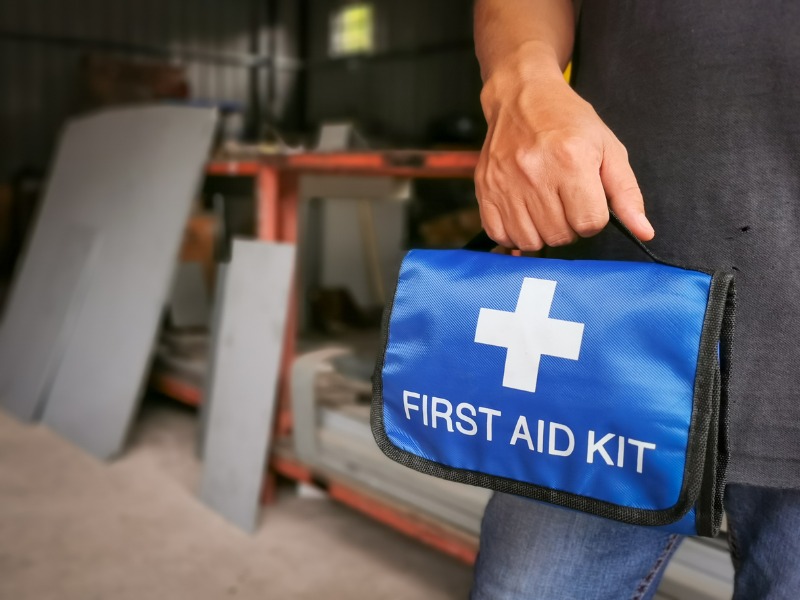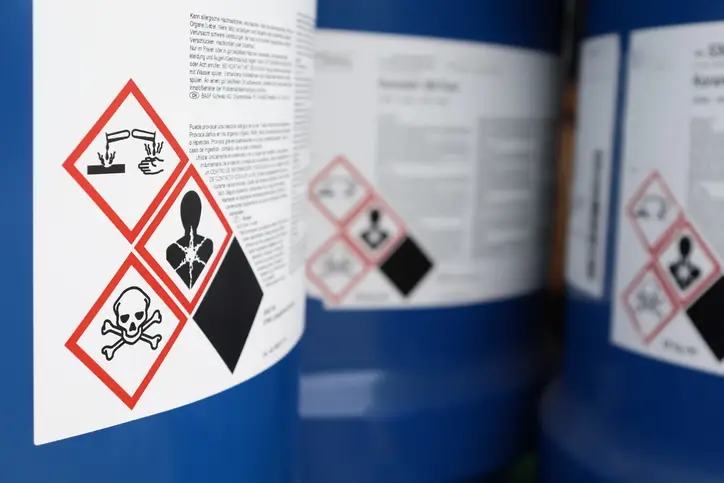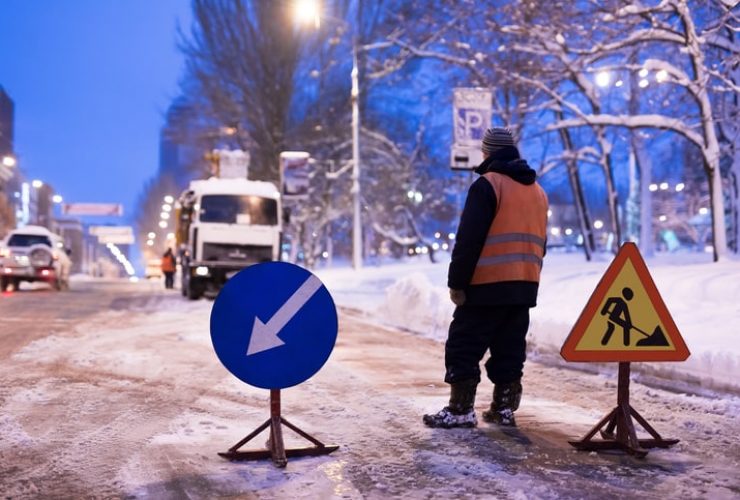First Aid: CPR And Respiratory Emergencies
Disclaimer: This Article provides general information about First Aid Basics, medical conditions, and treatments. The content is not advice and should not be used as such.
Respiratory emergencies can be scary, but they don’t need to be. In most cases, they can be treated through a basic first-aid procedure. Respiratory emergencies are more common in infants and children because they have smaller airways and are at a higher risk. Quick action can save their life.
When it comes to first aid, it is important to seek the necessary training to gain the skills that can allow one to save lives. This guide complements that training by reinforcing key principles and helping you stay prepared.
Let’s dig in.
Signs and Symptoms of Respiratory Emergencies
When someone has trouble breathing, it often indicates that they have to work harder or are not getting enough oxygen. It’s important to recognize the symptoms of respiratory distress so you can respond appropriately.
The following is a list of signs that might indicate a person is struggling to breathe and not getting enough oxygen.
Breathing rate. An inability to get enough oxygen may be responsible for shortness of breath. A person’s breathing rate may increase because of difficulty breathing.
- Look Pale or Gray
If a person does not get enough oxygen, bluish patches or lines may appear around the mouth, inner lips, or fingernails, or the skin may look pale or gray.
- Grunting Sound
When a person inhales, a grunting sound can be heard. The body grunts this way to keep the air in the lungs.
- Nasal flaring
An individual struggling to breathe may have open nostrils during inhalation.
- Retractions
When you breathe, the chest appears to sink below the neck or the breastbone, causing more air to enter the lungs. You may also see this phenomenon in the muscles between the ribs or under the rib cage.
- Sweating
Sweating is not always an indicator of warm skin. Sometimes, your skin may feel cool or clammy, especially when you breathe rapidly.
- Whistling
When breathing, a shrill, whistling, or musical sound is heard with each breath, which may indicate that the air passages are constricted, making breathing harder.
- Position of Victim
When a person collapses, they lean forward and take deeper breaths, which is a sign that they are about to do so.
Causes
They can occur for many different reasons, including
- A respiratory infection (such as pneumonia)
- Inhaling irritants (such as smoke or fumes) or
- Breathing in carbon dioxide from activities like laughing too hard or
- Exercising too vigorously
- Heart disease or heart failure
- Asthma
- Neck or lungs injury
- Allergic reaction
- Drowning
- Having trouble breathing while at a high altitude
If you suspect a person has a respiratory emergency, the sooner you treat it, the better their chance of survival.
Administering CPR
First, you’ll need to be able to administer CPR. CPR is a process that involves using a combination of rescue breathing and manual chest compressions to rescue a person who has stopped breathing. There are many ways to perform CPR, but your method will depend on the situation. To administer CPR, you must know how to recognize the signs of a respiratory emergency and respond quickly.
Automated External Defibrillator (AED)
Automated external defibrillators (AEDs) are portable devices that can save a victim’s life by giving them a shock if they go into cardiac arrest. Having an AED nearby can help you to respond quickly to a cardiac emergency, such as when a person stops breathing.
An AED can come in handy when a person has a cardiac emergency, such as when they experience a heart attack or suffer a heart arrhythmia. A cardiac emergency may be sudden. It can happen at any time, at any place, and without warning.
Choking emergencies
There are many choking emergencies, but the most common is when food gets lodged in a person’s airway, causing them to choke. Food stuck in the airway is called an airway obstruction, often caused by a change in eating habits or medications.
While there are many ways to treat a choking emergency, the most important thing to remember is to try to remove the obstruction.
The Heimlich maneuvers (Perform abdominal thrusts)
The Heimlich maneuver is a quick, non-invasive way to remove a choking object from a person’s airway. To perform the Heimlich maneuver, follow these steps:
- Position yourself above the victim and place a hand on their shoulder.
- Place your other hand on the middle of the victim’s back.
- Press down on the middle of the victim’s back with your hand, and then quickly lean over to one side and thrust your hand up between the victim’s shoulder blades.
- Keep your hand in the middle of the victim’s back and try to direct your thrusts into the object preventing the airway from being cleared.
- Quick, sharp thrusts with one hand directed toward the back of the victim’s neck will often dislodge the obstruction.
- If the thrusts don’t dislodge the obstruction, or if the victim cannot clear the obstruction themselves, you can continue to perform abdominal thrusts while calling for help.
Performing CPR using the CAB method
Cardio-pulmonary resuscitation (CPR) is a resuscitation procedure that involves performing CPR on an unconscious patient. When performing CPR, the rescuer will attempt to get the blood flowing through the victim’s body by compressing the chest wall and/or breathing for the victim.
List the steps for performing CPR using the CAB method
Get ready:
Get the victim’s name, address, phone number, and medical condition.
Recognize the signs of a respiratory emergency:
A respiratory emergency can cause the victim to cough and sweat while they don’t appear to be breathing normally.
Respond to the situation:
If you notice that the victim has a respiratory emergency, you should immediately begin to provide rescue breathing.
Remember C-A-B
CAB stands for Compression, Airway, and Breathing. The C-A-B method is a simple step-by-step guide that you can follow to help save someone’s life in an emergency.
C: Compressions
- We will start by having you place your hand on the victim’s chest, right where his heart is.
- Your other hand will be used to compress the victim’s chest.
- When using the CAB method, you need to compress the chest wall with both hands at the rate of 100 per minute.
- Make sure to push down, not away from you. To do this, place one hand, with the palm facing down, on top of the other, with the palm facing up.
- Then, push down the hand on top while pressing the hand below against the chest.
A: Airway
When the victim is unresponsive, and the rescuer has already checked for responsiveness and found none, the next step is to open the victim’s airway.
To open a victim’s airway, use the head-tilt, chin-lift maneuver if you’re trained in CPR and have already done 30 chest compressions.
To open the airway of a choking victim, put one palm on their forehead and gently tilt their head back, then use the other hand to lift their chin forward to remove the obstruction gently.
B: Breathing
When the airway is open, the next step is to breathe for the victim. To do this,
- Use your mouth for breathing into the victim.
- To breathe into the victim, place your mouth over the victim and exhale through your mouth.
- Take a one-second breath, place your mouth over the victim again, and exhale through your mouth.
- Repeat this cycle until the paramedics arrive or the victim regains consciousness.
If a person stops breathing, it is important that you begin to perform CPR to avoid any chance of death.
Respiratory emergencies are among the most common emergencies that emergency responders must handle.
The first step is to get ready, which means knowing the victim’s name and address, as well as any other information that might be helpful. Then you need to recognize the signs of a respiratory emergency.
If the respiratory emergency is not obvious, it is a good idea to call 911 or your local emergency department so that an ambulance can respond and hopefully help you save someone’s life.







